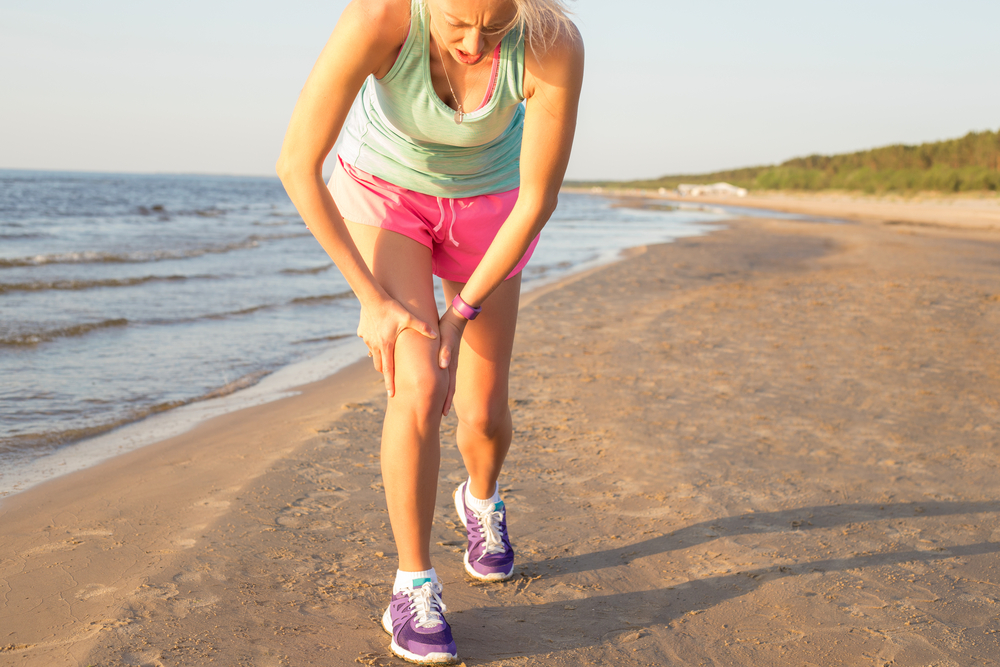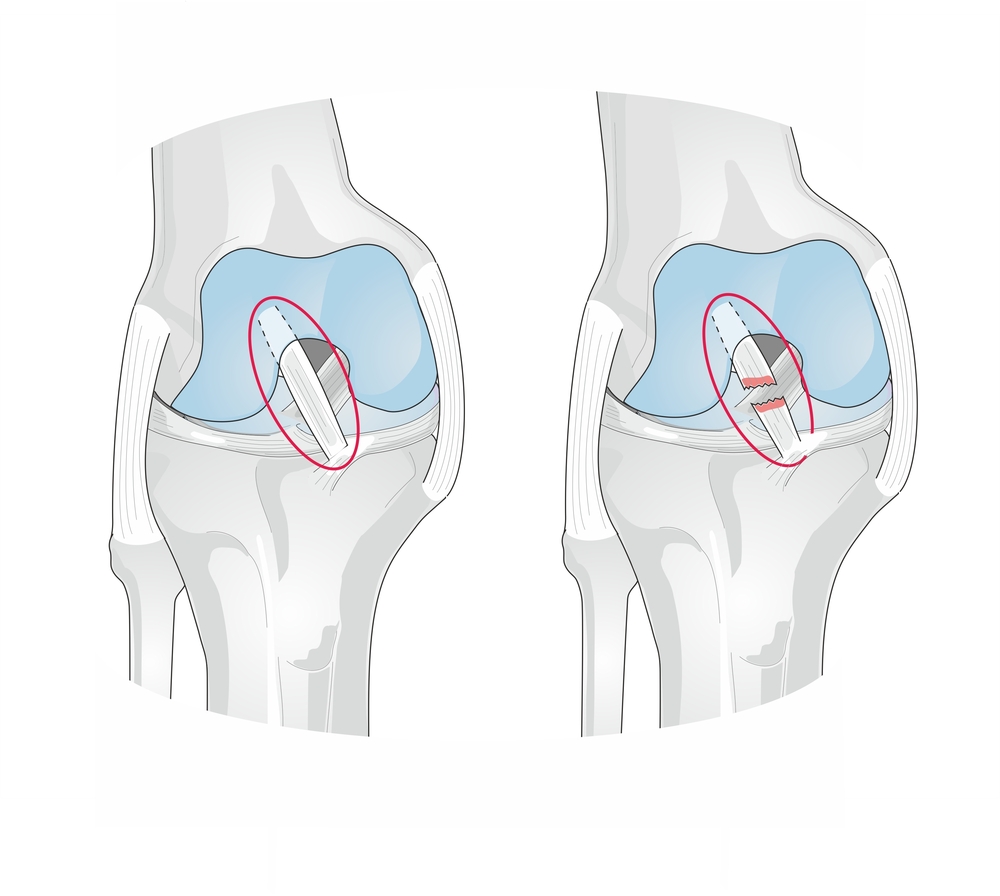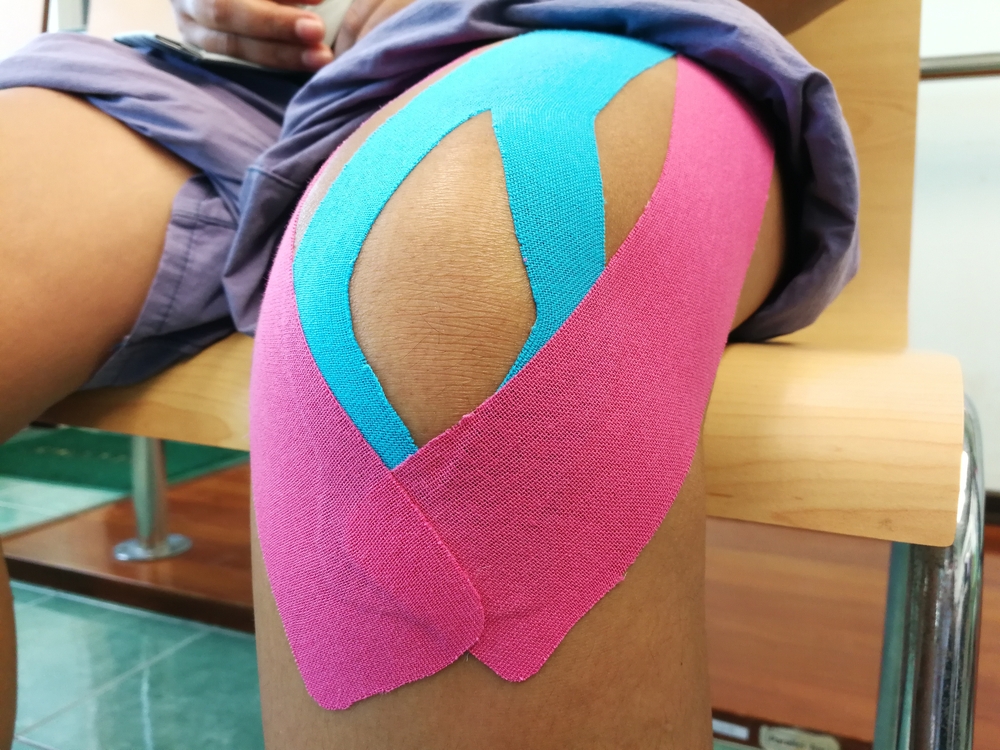ACL Injuries are a Growing Problem, Especially for Women

The anterior cruciate ligament (ACL) is one of four that keeps the knee in place. When you tear it, it is very difficult to do anything. 2 million people tear their ACL every year.
Physical therapists are noticing a trend in ACL injuries, especially for women. An ACL injury can put patients out of work for months at a time while they recover and rehabilitate their knee joint. It’s important that people know how to prevent these injuries from happening so they don’t have to suffer through this process unnecessarily.
Increasing Number ACL Injuries, Especially in Women
ACL tears are growing in frequency; and are three times more common in women than men. They have long been known to affect women more often than men, but recent research has linked the phenomenon with their menstrual cycle. Also, women seem to be at increased risk of ACL injury due to differences between their wider pelvic bones.
Linking ACL Injuries to Menstrual Cycles
A study of women skiers in the Alps found that those in the pre-ovulatory stage of their cycle were more likely to get an ACL tear than those who weren’t. A four-year survey in England found muscle and tendon injuries were more common during the late follicular phase of the cycle, just before ovulation.
It is not clear why there is a link between the menstrual cycle and tear frequency. When estrogen levels in the body spike just before ovulation, tear frequency also rises. This might explain what is happening. But it is not just the ACL that has receptors for estrogen: all ligaments do too. So there may be another thing going on here too.
Other Factors
There are a number of reasons ACL injury is more common for women. Women have wider pelvic bones, which increases the angle at which their knees meet. They also produce more estrogen and other hormones that soften cartilage and make it easier to tear during activities such as jumping or changing direction quickly. One study even found that ACL injuries were nine times higher in international female soccer players than in male counterparts—a difference attributable partly to greater participation by girls and women but also to hormonal differences.
What Causes an ACL Tear?
ACL tears are one of the most common sports injuries in American football, soccer and rugby. Typically, it is a consequence of an awkward movement in any fast-paced game. However, there are many other causes as well, such as car accidents and even simply tripping on the stairs.
What Does the ACL Do?
The ACL is one of four main ligaments that connect your femur to the tibia and patella. When it’s torn on impact (in a sports injury) or over time with arthritis, you will experience instability of the knee joint as well as pain when exerting pressure against it.
The ACL provides stability by restricting excessive motion of the knee. It connects from below your thigh bone to inside region of your shinbone near where it joins with your kneecap.

Treatment for ACL Tears
Usually, the best treatment for ACL injuries involves reconstructive surgery. The ACL is sewn back together with a tendon from the hamstring, or an artificial material such as grafts and cadaver tissues. Following ACL surgery, patients are prescribed pain medication and physical therapy to aid recovery.
However, surgery alone is no guarantee of recovery. Re-tear rates are as high as 20%. Additionally, many people who have suffered an ACL will have arthritis of the knee in the future.
Physical Therapy for ACL Injuries
The ACL is repaired in the same way as a rotator cuff injury, with physical therapy to improve range of motion and walking.

Exercises can be done at home on an exercise bike or elliptical machine; they’re easy for anyone to do. Range-of-motion exercises are performed by bending your knee until you feel resistance but not pain, then straightening it again. You should target five sets of 15 repetitions each day, three days per week. Walking helps strengthen muscles that support the ACL while stretching other leg muscles such as hamstrings.
To help ACL injuries from returning, it is essential to strengthen the muscles around the knee while also stretching them out. These exercises are easy for anyone to do at home or with a physical therapist at Farmingdale PT West.

